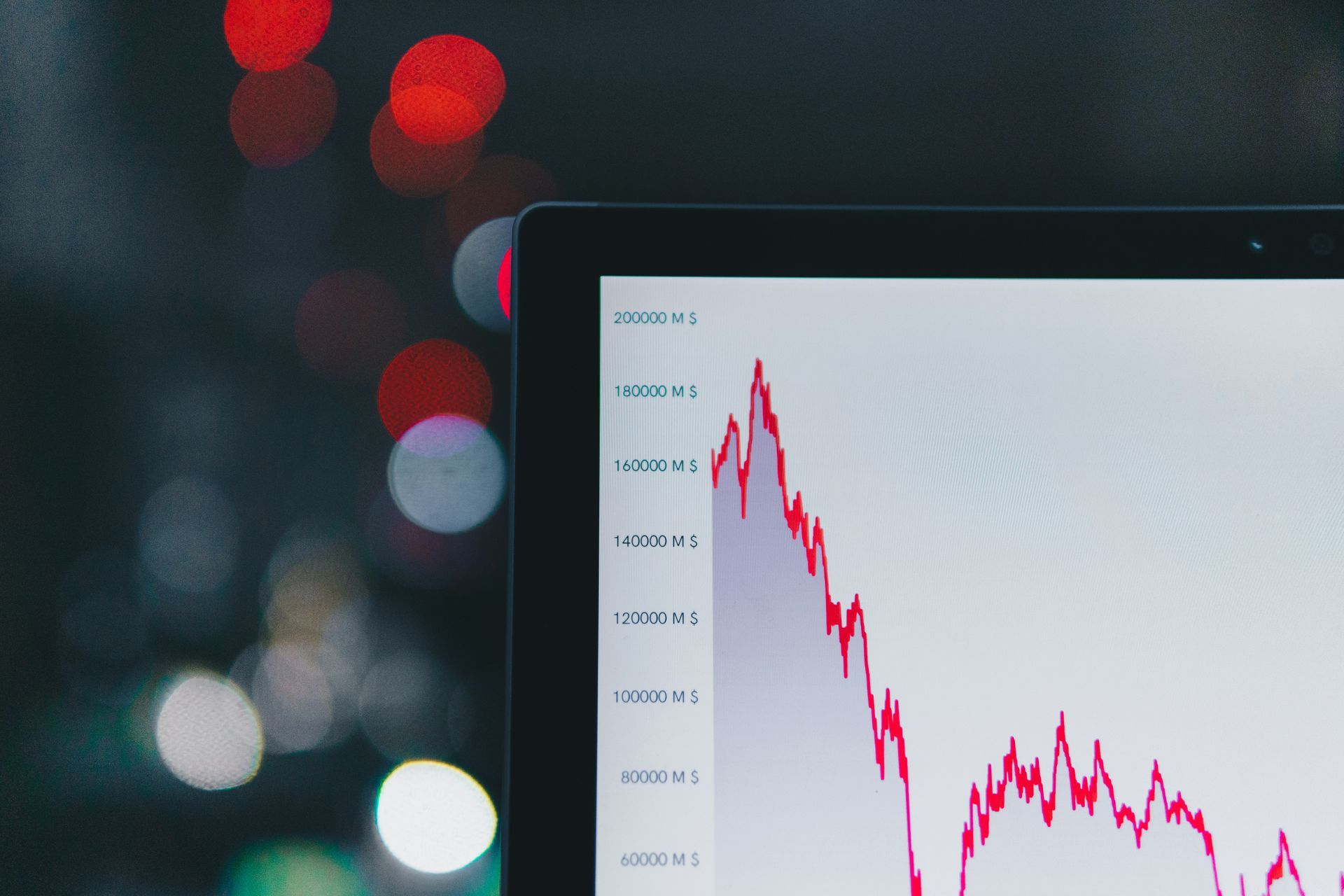US Sanctions Gazprombank Financial Network
The US has moved to nearly completely isolate the Russian financial system, forcing the global banking world to make a zero-sum choice.
Doing business with Russia just got a lot more risky. After years of preparation, research, negotiation and some struggle, the United States Government (USG) sanctioned Russia’s Gazprombank, its third largest banking financial institution (FI), and another 117 entities and individuals, which include fifty banking FIs in total.
Executive Order 14024, the authority under which Gazprombank and the others have been sanctioned, hit Turkey
gas payments to Russia. Sanctions hit Gazprombank checking account holders abroad, who in
Turkey, the UAE and Thailand
can no longer use their debit or credit cards — and not access their funds — at points of sale or presumably ATM machines.

Rethinking Gazprombank deal and SFPS
Hand wringing in South Africa over oil and gas major PetroSA has officials rethinking a finance deal signed with Gazprombank to support the renovation of its Mossel Bay refinery project – a deal that had previously been guaranteed as sanctions proof. The ripple effect has spread through Luxembourg, Hong Kong, Switzerland, Cyprus, Armenia, Netherlands, and several other countries where Gazprombank owns and operates subsidiaries.
This is the last major Russian bank to be sanctioned, and represents nearly a complete isolation of the Russia from the global financial system. Observers can clearly see the outlines of two separate methods for inter-bank communication. The first and largest is the Society for Worldwide Interbank Financial Communication – commonly referred to as SWIFT. You’ve probably used a SWIFT code to send a wire from your bank to another bank in another country or currency. The SWIFT code tells your bank where to pay. The receiver’s bank account number is what tells the financial system who to pay. When you combine where and who, you get the IBAN number – another code many are likely accustomed to using.
But in the wake of its invasion of Ukraine and the subsequent sanctions regimes, the Russian Federation developed a new system, the System for Transfer of Financial Messages (SFPS). This alternate system was set up as a way to work around the SWIFT system. And it had largely worked through a complicated web of intermediaries until now, though forcing Russia and its partners to do business in “non-Western” currencies, such as the Dollar or Euro, or barter.
Bank with Putin or not
Meanwhile, sanctions risk has risen significantly for any individual or entity that conducts business with Gazprombank. In effect, you can conduct business on SWIFT or on SFPS, but not on both. Some analysts are already calling this move the coup de grâce for the Russian financial system, though some are discouraged by how long it took the broader international system to target all of Russia’s financial heavyweights. Separately, the approximately 160 banking FIs that operate on Russia’s SFPS will be forced now to make a zero-sum decision. Bank with Putin or not.
The US Treasury department has clearly stated that anyone conducting business through Russia’s parallel system will be considered “red flagged” and thus significantly exposed to future sanctions announcements. Though there is no established list or dataset of which banks or companies might be on this list, the USG has taken an impactful posture. It will challenge many countries and companies in the EU and beyond to comply.
Source of research for this article was conducted on
TruthSeeker by running a level 1 data scan on Gazprombank.



